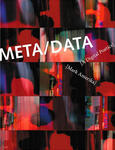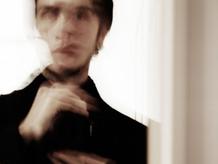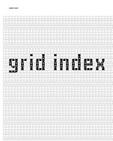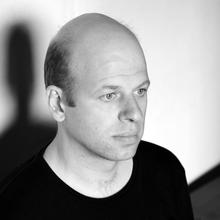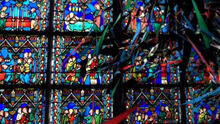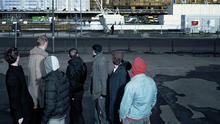Nokta .
(2010)by Onur Senturk is an abstract short film project which has creative, distinctive style of production and is an improvisation of organic pieces while considering themes like power, control and luck.
Using low-budget equipment and with the combination of actual camera shooting, 2d and 3d animation techniques, the film alters the reality and physics of the real world with the help of the liquid and dynamic simulations’ impact.
Even though the film is not produced according to the base of Amos Funkenstein’s text on harmony, but the text is a convenient statement for the stylistic and representational behaviour of the film.
"I see some correspondence between the foundation of universal harmony on elliptical orbit and the predilection for the elliptic forms in Baroque architecture. In both cases harmony is still defined as unity within multiplicity, but it ceased to be static, namely, harmony expressed in one ideal geometrical form, and became so to speak dynamic. What was previously regarded as the deviation from the ideal form, was comprehended for the first time as an integral part of the form, or form of forms, which are capable of endless transitions one into another." (Amos Funkenstein, The Dialectical Preparation of Scientific Revolutions. On the Role of Hypothetical Reasoning in the Emergence of Copernican Astronomy and Galilean Mechanics.)
Project is awarded by Prix Ars Electronica with Honorary Mention award in Computer Animation/ Film/ VFX category.
Source: Onur Senturk
